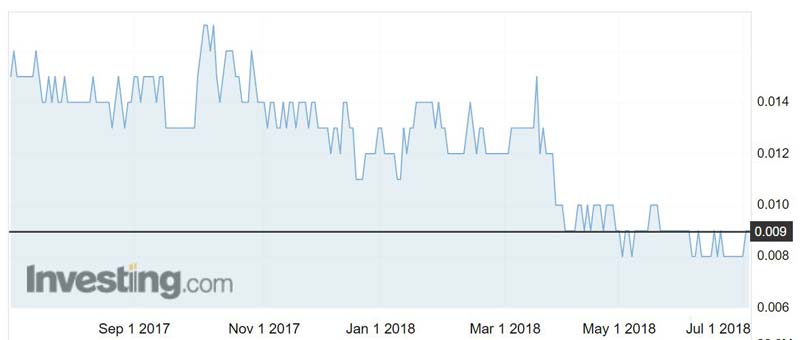White Rock’s Alaskan adventure delivers high grades of zinc, silver and gold

White Rock Minerals’ initial drilling at its Red Mountain project in Alaska has delivered high grades of zinc, silver and gold and beaten historic drilling results.
One hole returned an intersection of 4.7m at 19.5 per cent zinc, 7.8 per cent lead, 466 grams per tonne (g/t) of silver 6.9g/t gold and 1.5 per cent copper.
It included a hit of 1.6m at 18.5g/t.
Another hole struck silver grades as high as 1435g/t.
Anything over 10 per cent zinc, 50g/t silver and 5g/t gold is considered high-grade.
It is the best result of all the historic holes drilled into a target called the “Discovery Lens”, White Rock (ASX:WRM) told investors this morning.

Chief Matt Gill told Stockhead the grades were much higher than White Rock was expecting.
“The high-grade part of the resource is about 12.9 per cent zinc equivalent. So these holes today are three times that,” he said.
The zinc equivalent grade of one of the holes was 49.7 per cent.
The Red Mountain project already hosts a 16-million-tonne resource in two deposits and these results will extend the resource further.
White Rock expects to release an updated estimate before the end of the year.
“We’ve got 30 similar targets that are based on similar geophysics and geochemistry to the two known ones,” Mr Gill said.
“Statistically all we need is two of those 30 to be similar to the two we’ve already got and we’ve doubled the size.”
- Subscribe to our daily newsletter
- Bookmark this link for small cap news
- Join our small cap Facebook group
- Follow us on Facebook or Twitter
The outlook for zinc is bullish following the closure of a number of mines in Australia and Ireland and the cutting of production at others.
The metal, which is used to galvanise steel, is also benefiting from increased Chinese demand as the Asian powerhouse continues its crackdown on polluting operations.
The price of zinc rallied 149 per cent since the start of 2016 to a peak of $US3617 ($4896) per tonne in mid-February this year. It has edged back and is trading at around $US2914 per tonne currently.
UNLOCK INSIGHTS
Discover the untold stories of emerging ASX stocks.
Daily news and expert analysis, it's free to subscribe.
By proceeding, you confirm you understand that we handle personal information in accordance with our Privacy Policy.








